Gender isn’t probably much of a concern for Visvim designer Hiroki Nakamura, at least when compared with his preoccupation with traversing the globe in search of forgotten fabric techniques. So while he already showed his Spring men’s collection as a guest of Pitti Uomo in Italy back in June, his women’s line WMV, presented on Wednesday, is almost identical—just with more skirts.
Designed with his wife, Kelsi, WMV bears all the same hallmarks each season as Visvim men’s; specifically, Nakamura’s obsession with historical craftsmanship and the resurrection thereof. He jumped right into it at the presentation today, starting with a crinkled papery material that was exactly that, crinkled paper. Called washi, the traditional Japanese craft that purportedly originated in the 6th century, when fabric was hard to come by. Nowadays it seems to be only used by monks, plus Nakamura, who also designed a lightning-bolt stencil that was hand-painted all over washi skirts, jackets, and short jumpsuits. Another ancient technique Nakamura is bringing back, yuzen is essentially silk-weaving, but apparently using the very long single filament from a silkworm cocoon, an inconceivably laborious method by modern silk-production standards.
Still another carryover from men’s to women’s was the souvenir jacket, or bomber, somewhat similar to the ones GIs had made after WWII, but in silk and with more of a kimono shape. A curvy bamboo pattern, too, found its way over from men’s. Not a bamboo print, Nakamura stressed, but a pattern made from dye hand-brushed over rubber grooves, piece by painstaking piece. A trip to the Ainu region of northern Japan informed a roomy jacket with ornate stitchwork. And finally, as Visvim is cultishly followed for its shoes, WMV has an unusual new offering for Spring, geta sandals—elevated and made of wood, as tradition calls for, but narrower and using only natural lacquer.


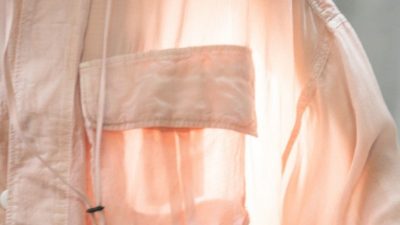
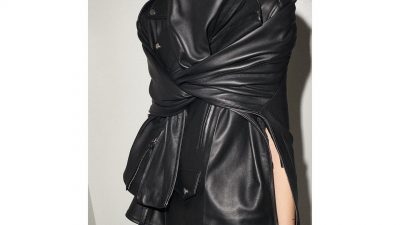






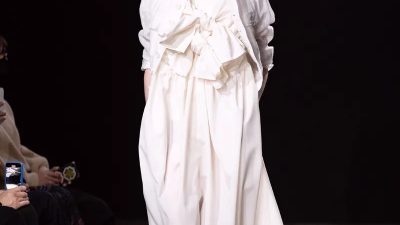

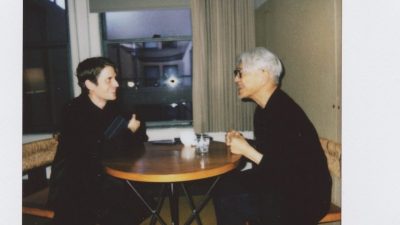



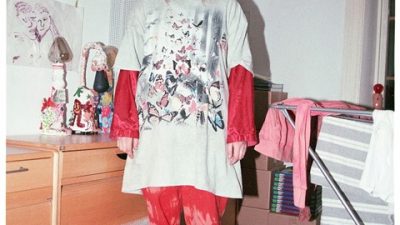



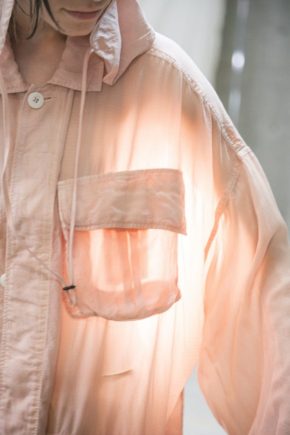
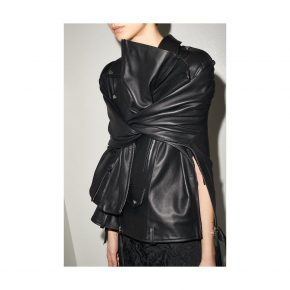


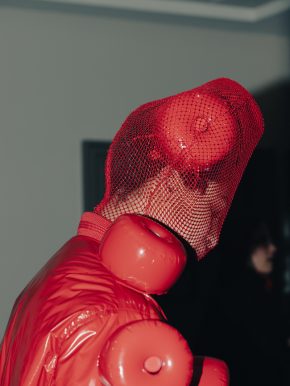
Comments